Imagine that you’re out on a boat, watching a clear, calm ocean before you. Suddenly, the surface of the ocean is disturbed by movement. It looks like bubbles are coming to the surface. Then, like a dance, a dozen humpback whales break the surface at once! This happens often in the wild, and it’s because
Imagine that you’re out on a boat, watching a clear, calm ocean before you. Suddenly, the surface of the ocean is disturbed by movement. It looks like bubbles are coming to the surface. Then, like a dance, a dozen humpback whales break the surface at once!
This happens often in the wild, and it’s because humpback whales have learned to hunt using nets made of bubbles!
When a pod of whales finds a school of fish to eat, they work together to capture them. They begin by diving deep beneath the fish, making calls that frighten the fish to the surface. But if they tried to rise up to eat them, the f ish would just swim away.
To keep this from happening, the whales work together to create columns of bubbles that form a net surrounding the fish. This bubble net is so thick that the fish won’t cross it, and they become trapped in the centre of the net.
Finally, the lead whale gives a call that lets the other whales know it’s time. Together, they swim toward the surface with their mouths open and swallow the fish trapped within the net!
It’s an amazing sight to see, but difficult to catch. Fortunately, experienced whale watchers know the trick. Gulls flying overhead can see the whales going to work, and know that there will soon be tasty fish to catch. When whale watchers see the gulls gathering, they know the whales can’t be far behind!



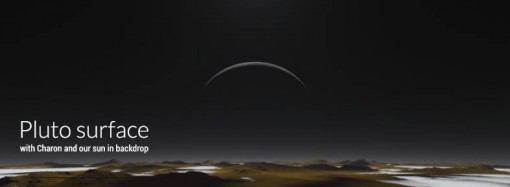
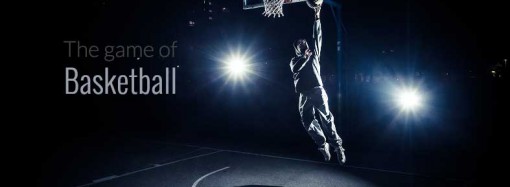


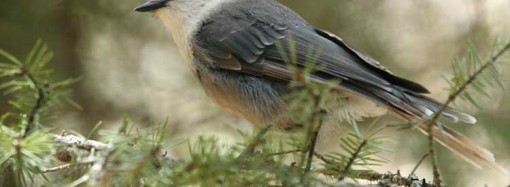
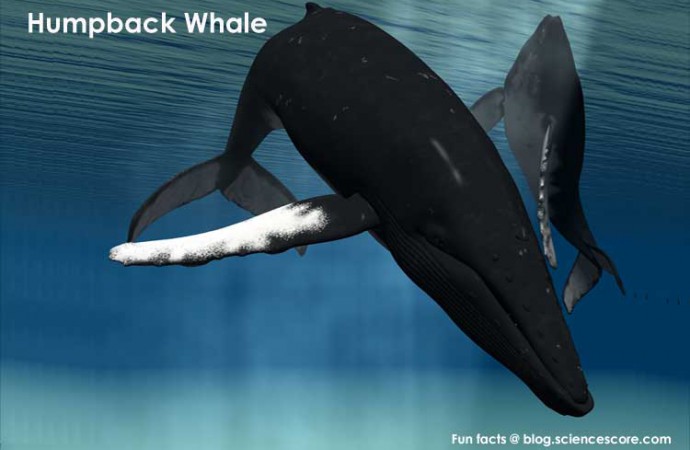
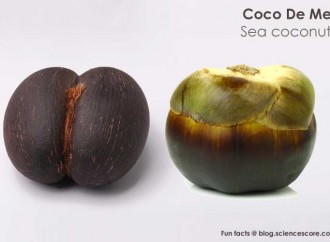

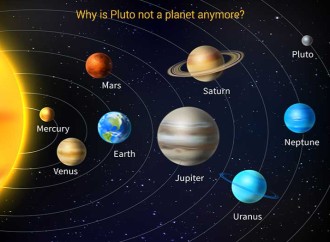

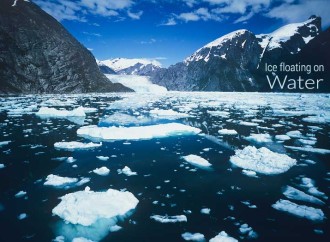

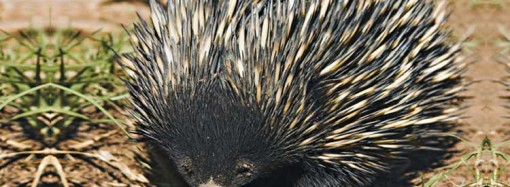
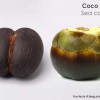

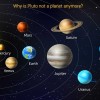




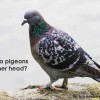




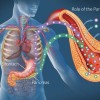


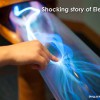
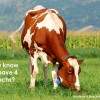

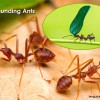
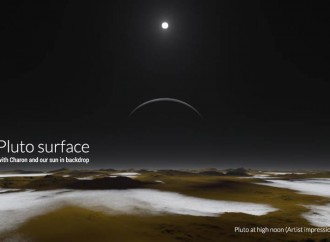





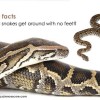




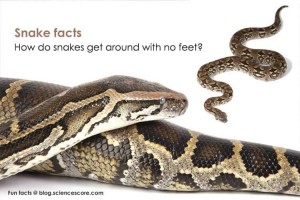
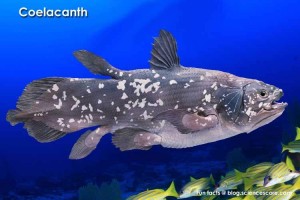
Leave a Reply